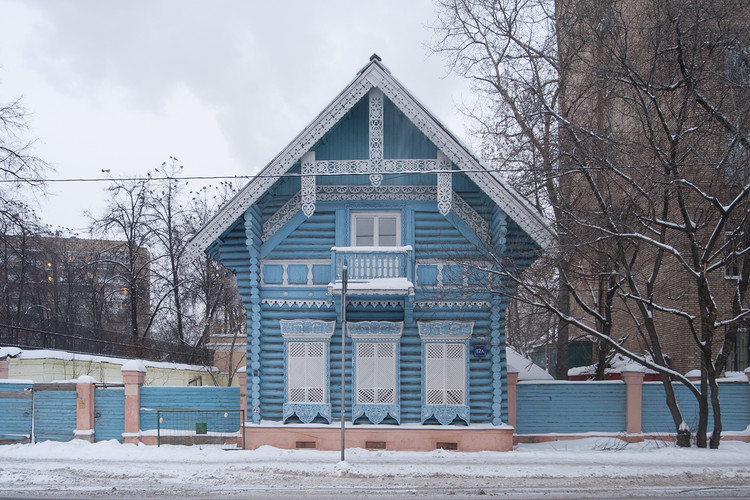
In this article, originally published by Strelka Magazine and translated into English by Alexandra Tumarkina, Anton Khitrov sits down with Julia Ardabyevskaya to analyse the urban environment and spectacular world that the blockbuster movie Ghost in the Shell creates.
Ghost in the Shell, a new sci-fi blockbuster starring Scarlett Johansson, is based on a 1992 manga comic and a more famous 1995 anime adaptation. In the film, humans are presented as obsessed with high-tech prosthetics, spending vast amounts of money on “self-improvement”. The story proceeds to show that the next step for humanity will be complete robotization; this new generation of human machines is represented by the movie's heroine – a female cyborg with an organic brain but a synthetic body. The action takes place in a futuristic city in which almost every surface is covered in holograms the size of a skyscraper, each and every one an advertisement.













































